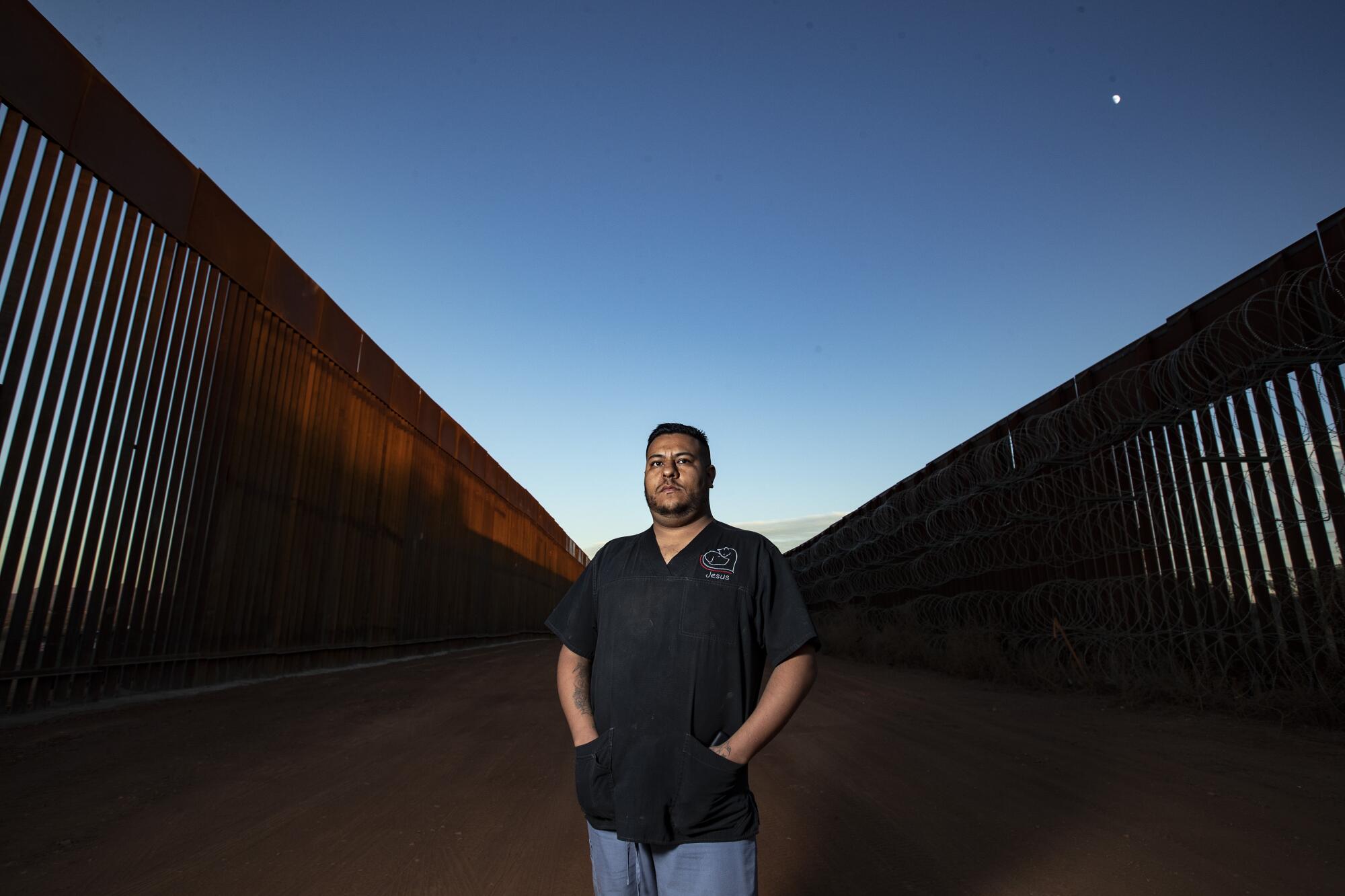
Jesus Tarazon crouched down, gently guiding the yellow Labrador into the back seat of her owner’s Subaru. The veterinary assistant waved as the car pulled away, then glanced at his phone.
It was 5:06 p.m. — his shift was ending, and he had five hours to make it back home across the border, a relief on days he has to run errands.
“Everyone who lives across the line has to watch the clock closely,” said Tarazon, a U.S. citizen who commutes daily from his rural home in Mexico to his job here in this southeastern Arizona town, 12 miles from the border.
“The pandemic has changed a lot.”
For Tarazon and the thousands of other local residents who commute between the U.S. and Mexico, pandemic-related border restrictions have altered the rhythms of daily life.
The 28-year-old, who adores his work at the animal hospital, often has dinner in Bisbee after his shift — which ends at 5 p.m. most days — and takes his time heading home to his sprawling ranch in Naco, Sonora, where he lives with his wife and daughter, raising horses and chickens.
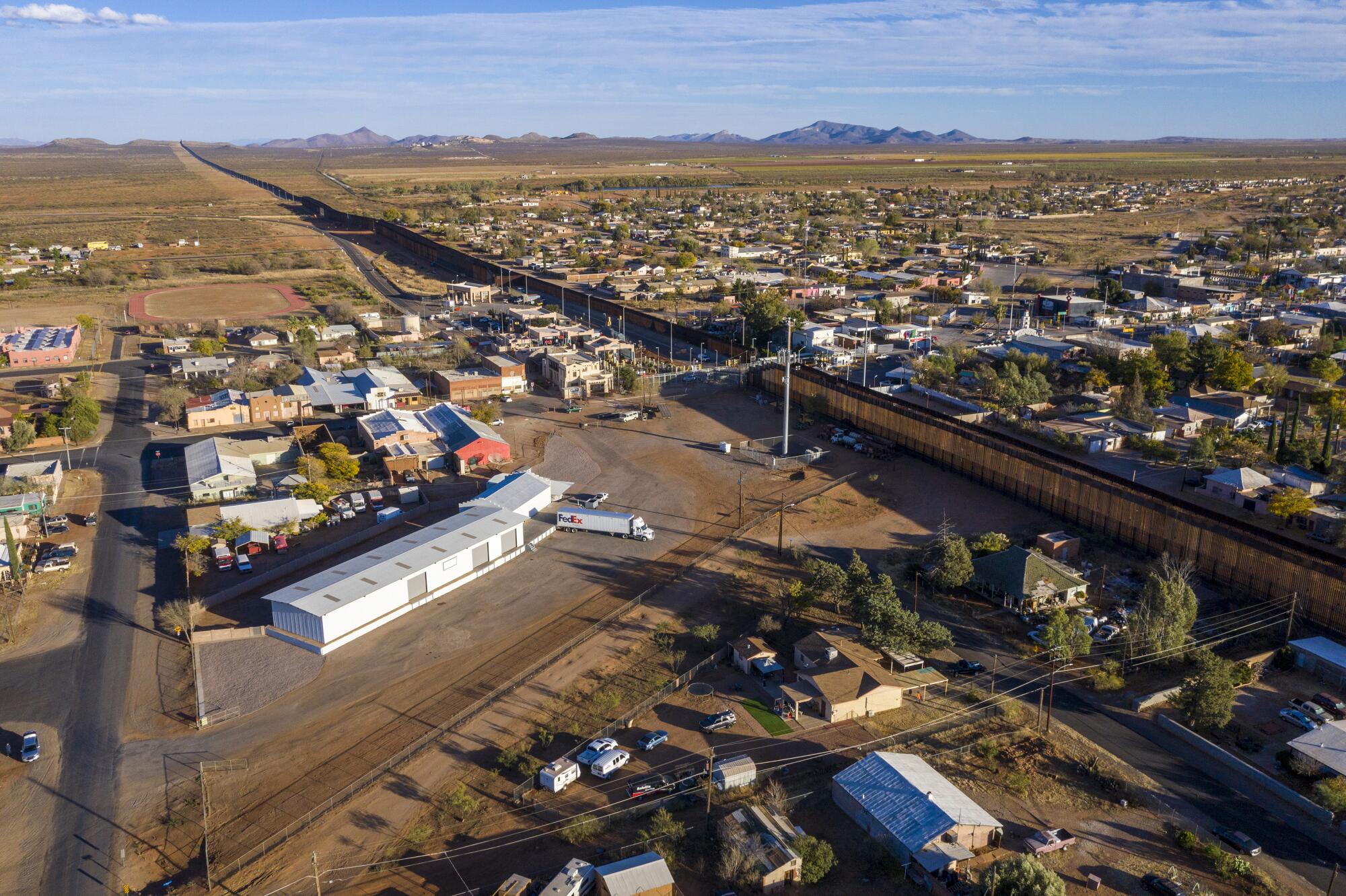
This cross-border commute, he said, took less than 15 minutes when the port of entry was open around the clock, before the pandemic led to closures and restrictions.
But now, he needs to carefully watch the time, ensuring he makes it back into Mexico before the border shutters at 10 p.m., for fear of being stranded until the next morning. Traffic lines have grown longer, with waits up to an hour each way, as people rush to meet the curfew.
In March, as the first wave of COVID-19 infections spiked, U.S. officials instituted strict new rules on who could come and go — and when they could travel — through land ports of entry along the U.S. borders with Canada and Mexico.
The restrictions, which forbid travel deemed nonessential — shopping trips, visits with friends — have had a ripple effect on local economies and on lives in which the U.S. and Mexico intersect on a daily basis.
For small towns like Bisbee, a critical source of funds has vanished since Mexicans, who previously came to shop on tourist visas, have been denied access. Mexican tourism-related visa holders are barred from entering the U.S. because the travel is listed as nonessential.
While travel for Tarazon has not been restricted, the border entry cutbacks have caused delays.
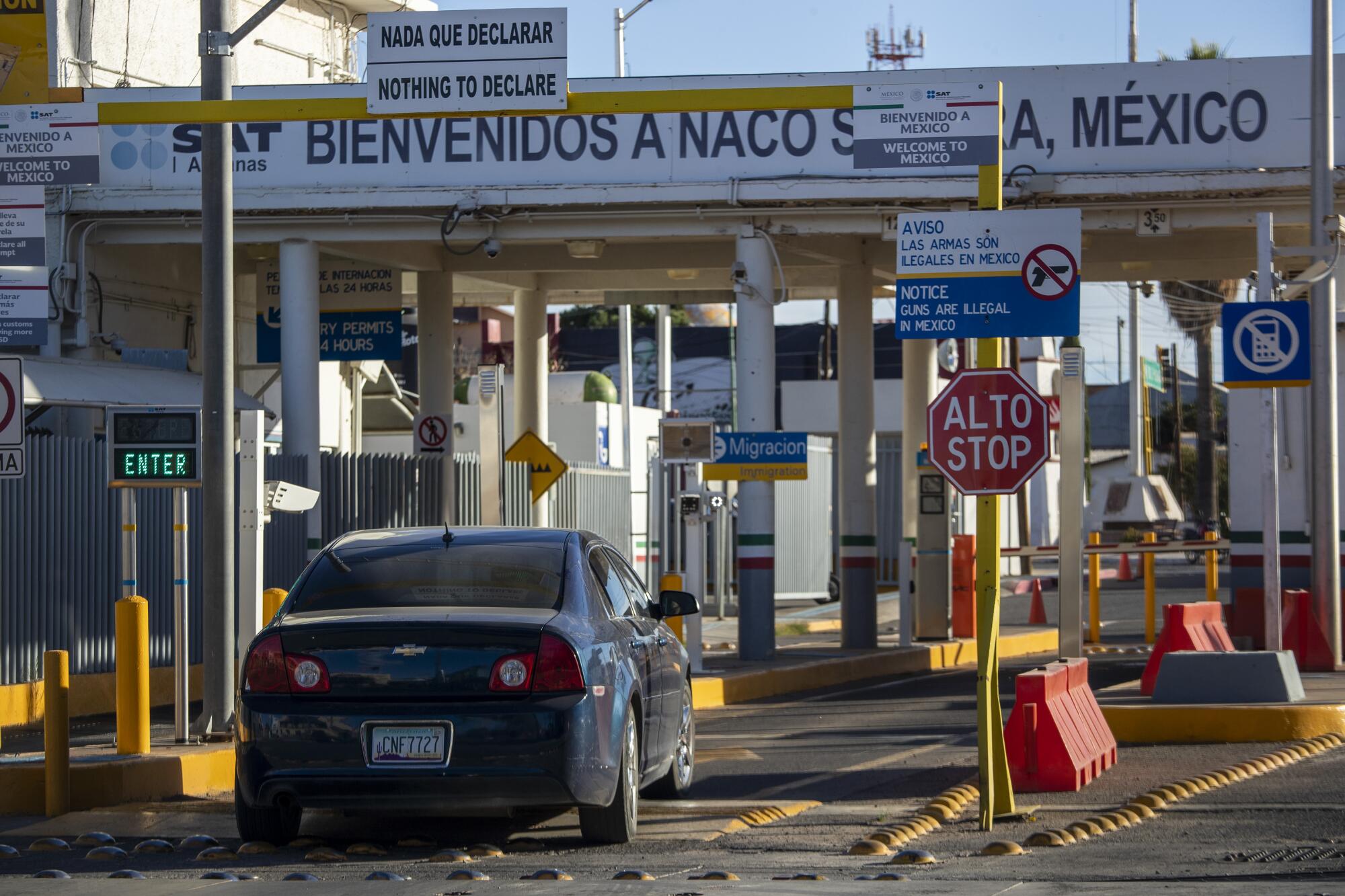
I have seen some businesses where all the employees are gone, and it is just the family holding on.
— Rep. Henry Cuellar (D-Texas)
It has meant that U.S. citizens passing through for work at many ports of entry that were previously open 24 hours — including the one Tarazon commutes through connecting Naco, Sonora, and Naco, Ariz. — face longer wait times because some border checkpoints are closed between 10 p.m. and 6 a.m. (Flying between the two countries is permitted, with few limitations.)
Cautionary measures have extended both ways.
Early in the pandemic, some towns on the Mexican side sought to slow the virus’ spread south, instituting temperature checks and other measures. In Nogales, Sonora, 90 miles west of Bisbee, local officials required those entering Mexico to walk through a disinfectant tunnel. During the July 4 weekend — when Arizonans typically rush to beach towns in Sonora — officials in the Mexican state barred all nonessential travel.
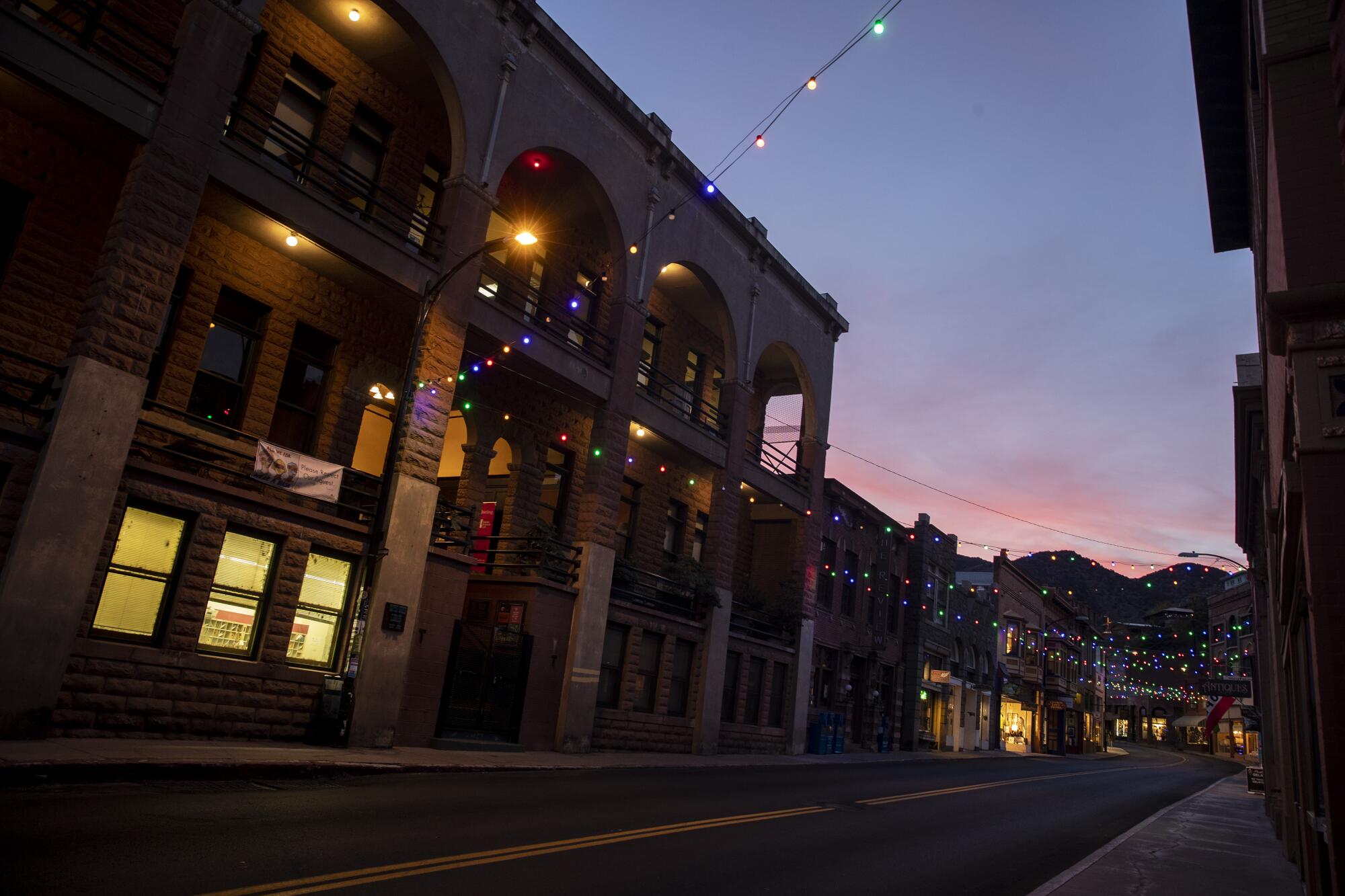
Long-enshrined rhythms of life in many border towns — where families have relatives on both sides, and it’s not uncommon to live in Mexico but work or go to school in the U.S., or vice versa — have been thrown into chaos. The U.S.-imposed restrictions, officials say, will remain in place at least until late January.
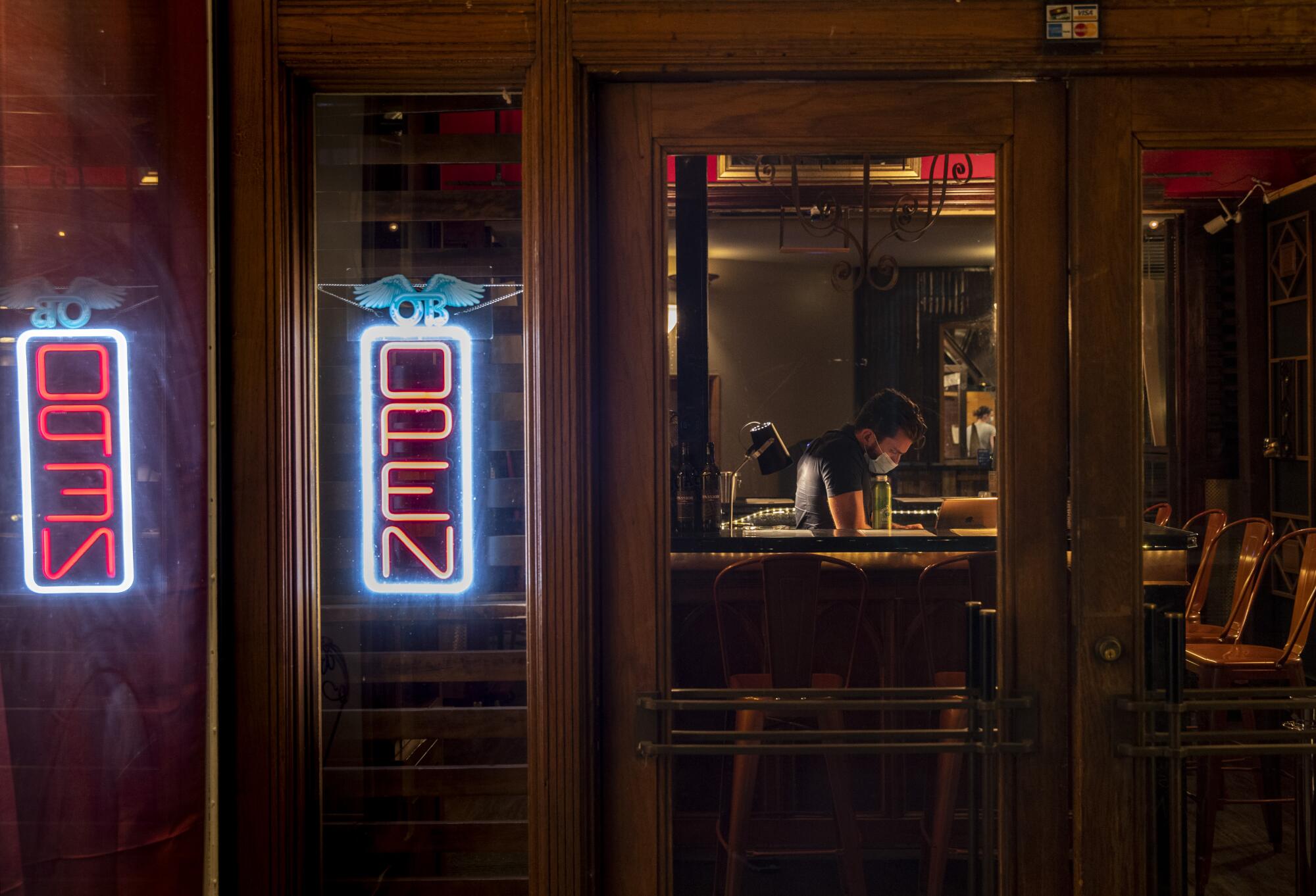
Many here say they understand the need for action.
In the Mexican state of Sonora, 47,000 people have been infected by the coronavirus, and 3,600 have died. In much-smaller Cochise County, where Bisbee is located, 6,000 people have been infected, and about 100 have died.
Yet bills are due, and the economic fallout from restrictions, such as lost revenue from shoppers, is undeniable.
Rep. Henry Cuellar, a Democrat who represents a district in south Texas that includes Laredo, has been lobbying the Trump administration for months to reopen land border crossings for nonessential travel and to lift nightly closures.
“I have seen some businesses where all the employees are gone, and it is just the family holding on,” he said at a recent news conference.
Farther up the Rio Grande, in El Paso, a hotspot for the virus, city officials recently announced a plan to furlough or cut the pay of some 400 government employees due to a $60-million deficit attributed, in part, to a decline in tax revenue from the lack of Mexican shoppers from Ciudad Juárez, who have long accounted for about 15% of the city’s retail trade.
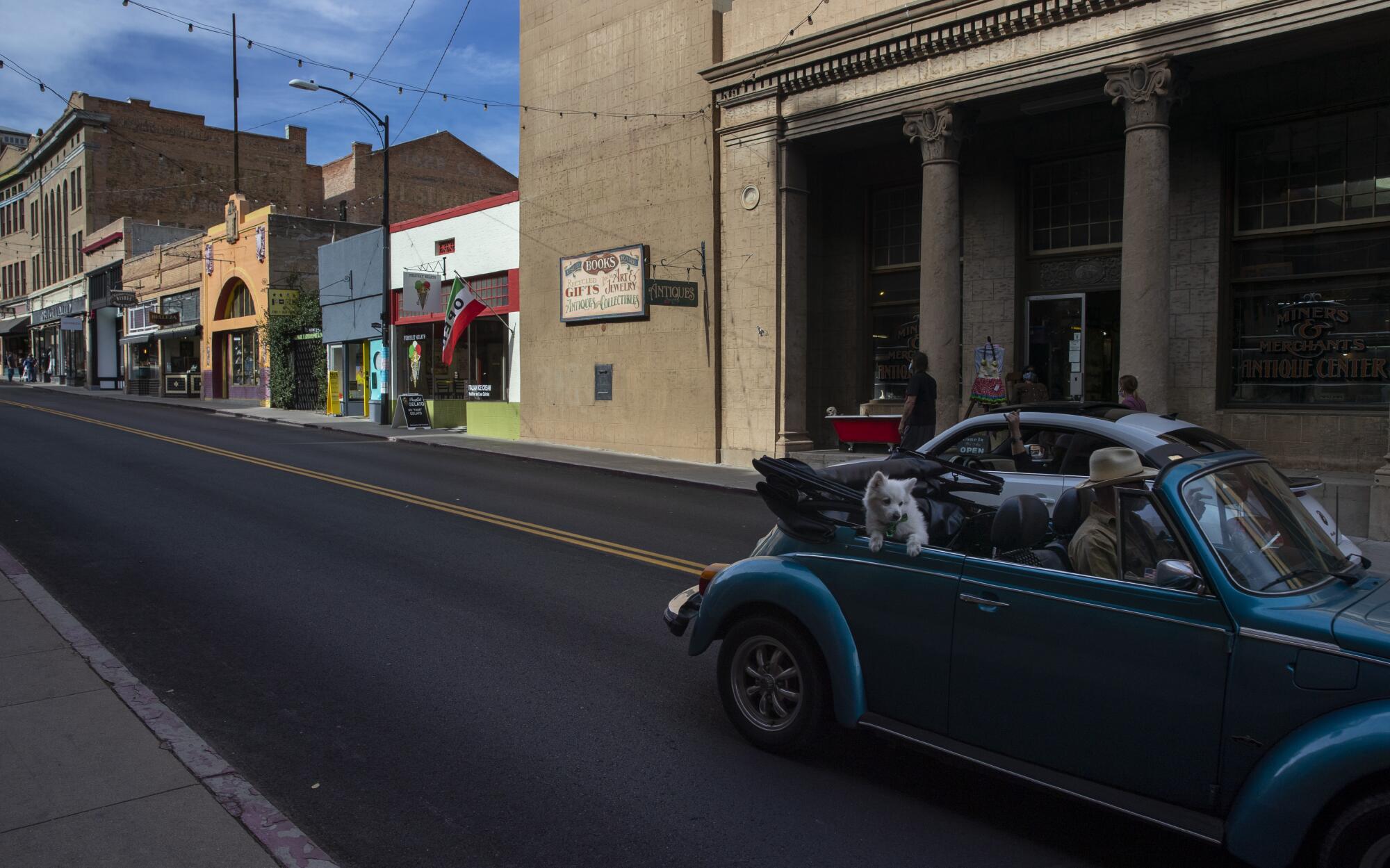
In Bisbee, a mining town turned tourist haven, many essential and service-industry jobs are held by citizens like Tarazon, who live across the line in Mexico because, among other reasons, the housing is cheaper. They work as bartenders at watering holes, cooks at restaurants and housekeepers at the inns that line Bisbee’s Main Street.
“Most people have some sort of relationship, directly or indirectly, with Naco,” said Ana Borrajo, a chef who has called southern Arizona home for nearly a decade. She used to own a restaurant and employed cooks who were from Mexico.
“It’s just the way it is here,” she said. “No one thinks much about it.”

It’s not uncommon for students at the Bisbee Unified School District to live in Mexico and travel here daily through ports in sprawling valleys dotted by ocotillo. They are U.S. citizens with relatives who have addresses here.
Since the local schools are closed for in-person learning, many students, including Tarazon’s daughter, are taking virtual classes from home on the Mexican side of the border.
David Smith, who served as mayor of Bisbee for two terms, said the towns have long operated in lockstep.
“We are all a part of the same region and must help each other,” Smith said.
While he was in office, he met monthly with the mayor of Naco, Sonora. They held a border concert one year on both sides of the fence, he said, and when Naco in Mexico had a persistent sewage issue, officials in Bisbee offered advice and provided parts. When fires rage out of control in dry Arizona towns, it’s not uncommon for firefighters from Sonora to offer help.
“‘Vital,’” Smith said, “is the only way to describe our communities and our relationships.”
That’s certainly how a Bisbee chef named Francisca, who used to work for Borrajo, views the region — both countries are equally home, she said. She has a green card and splits her time between Bisbee, where she lives and works, and Naco, Sonora, where her parents live. The pandemic has made commuting much more of a headache, she said on a recent afternoon in Borrajo’s backyard, noting the longer wait times at the border.
Francisca, who asked to use only her first name because she does not want to face harassment while traveling, works at a Bisbee cafe, where she serves up egg-and-bacon sandwiches most mornings.
“Sometimes I take supplies — toothpaste, toiletries — back home,” Francisca said.
Borrajo nodded, adding, “Because no one can come over to get things anymore.”
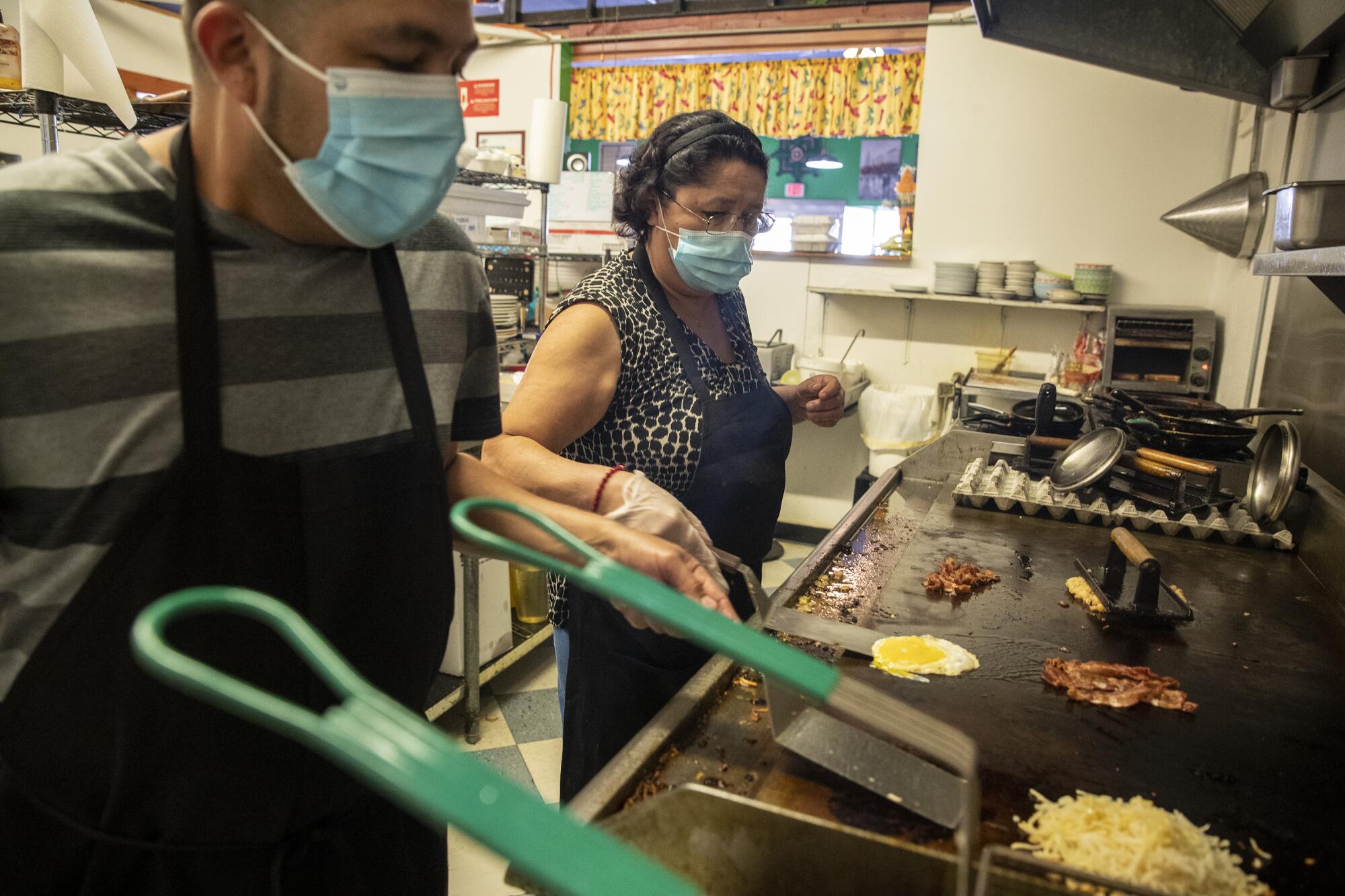
Many businesses in Bisbee have slowed; some have closed for good.
But these days, even as coronavirus cases rise in Arizona and nationwide, the number of visitors — some retirees from northern states — has increased. Restaurants are open for indoor dining. Shops once shuttered along Main Street have a steady stream of patrons weary of pandemic restrictions.
Still, the town’s economy is suffering. Francisca knows cooks who have lost their jobs or had their hours cut, and she feels lucky to have work.
“I’m grateful,” she said. “But it can also be scary. I wash and I wash my hands; I keep distance from others as much as I can.”
Tarazon shares that feeling of gratitude for his work.
The clean-cut veterinary assistant, who wears scrubs each day, was hired at the Cochise Animal Hospital nearly six years ago. During a typical shift, which sometimes stretches beyond 10 hours, he assists the small hospital’s two vets as they spay and neuter animals. He administers vaccines and, sometimes, sits with grieving owners who have had to put a pet to sleep.
On his Naco farm, Tarazon, who was born in Bisbee, spends hours before and after work watering, feeding and cleaning out the stalls of his horses.
Tarazon sees the pandemic’s toll all around him.
“My job has slowed some,” he said, “because people cannot afford the same treatments for their pets that they once were able to.”
He has friends who have lost their jobs in Bisbee and in Naco, Sonora, and some of his distant relatives in Mexico have been infected. He thinks about how, when the border closes each night, people who need emergency treatment in the U.S. might be stranded. There is no major hospital in Naco.
“They will have to wait until the morning, and by then, who knows?” he said.
After a busy workday wound down on a recent evening in Bisbee, Tarazon ripped off his surgical mask, scrubbed his hands and jumped into his Chrysler sedan.
As he turned down a two-lane highway, the border wall, with its tall, metal bollards, could be seen on the horizon. At the border, you can either turn right, onto the main drag in Naco, Ariz., or, like Tarazon, continue on the highway into Mexico.
A bright orange glow illuminated the wall as the sun disappeared below the horizon.
It was 6 p.m. — four hours to spare.
Tarazon still needed to help his daughter with homework, tend to his animals and get some rest before returning to the line headed back into the U.S. the next day at 7 a.m., an hour earlier than he did before the pandemic restrictions.
“Some day soon, I hope life returns to normal,” he said. “All of us — Americans, Mexicans, Mexican Americans — have been hurting from this pandemic.”
This is the second in a series of occasional stories on the coronavirus’ effect on the town of Bisbee.
This southeastern Arizona town, once a tourist haven, is struggling during the coronavirus pandemic.
More to Read
Start your day right
Sign up for Essential California for news, features and recommendations from the L.A. Times and beyond in your inbox six days a week.
You may occasionally receive promotional content from the Los Angeles Times.








